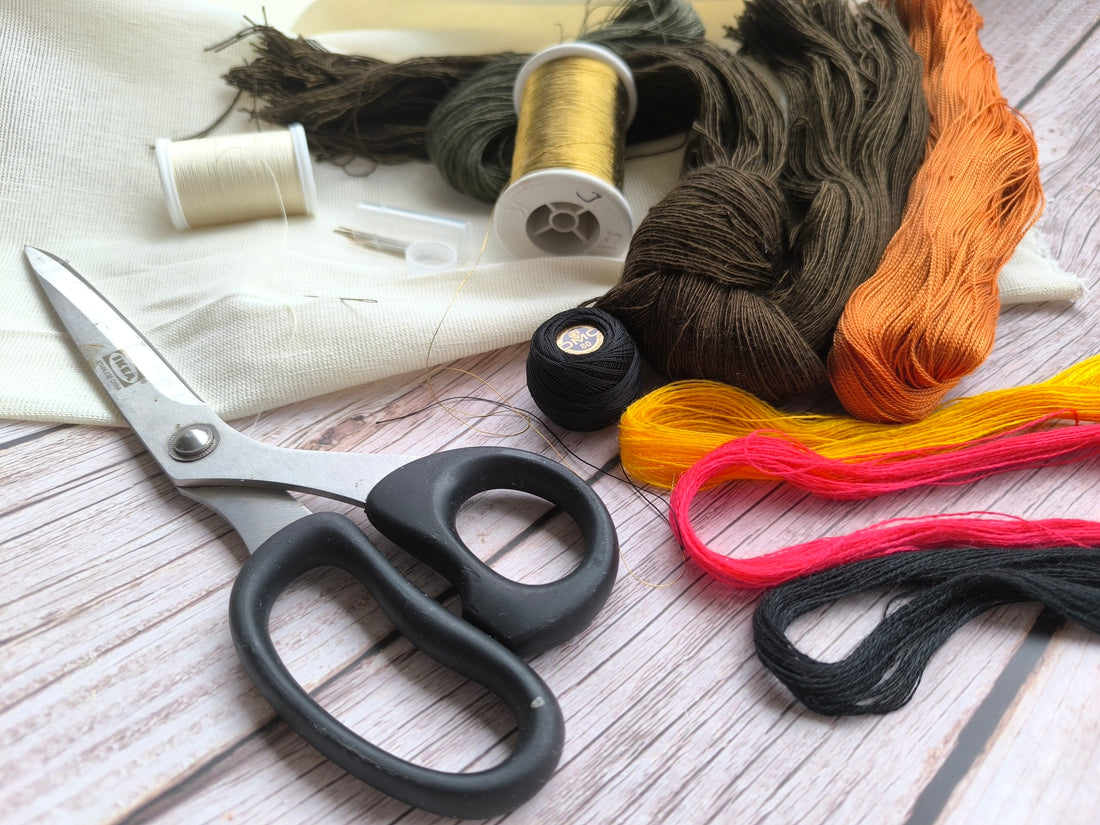Cross stitching has been a passion of mine for years, and I’ve learned that choosing the right materials is essential for a successful and enjoyable project. Whether you’re just starting or have been stitching for a while, selecting the appropriate threads, fabric, and needles can make all the difference. Here are some personal tips and tricks I’ve gathered along the way to help you choose the best materials for your cross-stitch projects.
Choosing the Right Threads
1. Type of Thread
When I first started cross stitching, I quickly discovered that not all threads are created equal. Embroidery floss is the most commonly used thread, and it’s made of six strands that you can separate to achieve different thicknesses. My go-to brand is DMC because of its high quality and extensive range of colors. Other reputable brands I’ve tried and liked are Anchor and Cosmo.
2. Color
Selecting the right color palette is one of my favorite parts of the process. Here’s what I do:
- Use a color card: I always keep a color card handy to match colors accurately and make selecting the right shades easier.
- Plan your palette: Before I start stitching, I plan my color palette to ensure the colors complement each other well.
- Test swatches: If I’m unsure about a color combination, I stitch small test swatches to see how they look together. This saves me from potential frustration later on.
3. Quantity
Running out of thread in the middle of a project can be a nightmare. I make sure to have extra thread on hand. Most patterns will indicate the amount of thread needed for each color, so I always double-check before I start.
Choosing the Right Fabric
1. Fabric Type
I usually work with Aida cloth because of its even weave, which makes counting stitches easy. However, I’ve also experimented with:
- Linen: Offers a more natural look and is available in various counts.
- Evenweave: Similar to linen but with a more consistent weave, making it easier to work with.
2. Fabric Count
The count of the fabric refers to the number of threads per inch. I typically use:
- 14-count Aida: Great for beginners as the holes are larger and easier to see.
- 16 or 18-count Aida: Ideal for more detailed designs. The higher the count, the smaller the stitches.
3. Fabric Color
Choosing the right fabric color can make or break a project. I usually go with neutral colors like white, cream, or black because they’re versatile. However, for more adventurous projects, I love using colored or hand-dyed fabric to add depth and interest.
Choosing the Right Needles
1. Needle Size
The size of your needle should correspond to the count of your fabric. Here’s what I use:
- Size 24: Best for 14-count Aida.
- Size 26: Suitable for 16-count Aida.
- Size 28: Ideal for 18-count Aida and higher counts.
2. Needle Type
I prefer tapestry needles with a blunt tip to avoid splitting the fabric threads. Tapestry needles also have a larger eye, making it easier to thread multiple strands of floss.
3. Quality
Investing in high-quality needles is a game-changer. Cheap needles can bend, break, or rust, which is incredibly frustrating and can damage your fabric. I always keep a few high-quality needles in my kit to ensure a smooth stitching experience.

Additional Tips
- Organize your materials: Keeping my threads, fabric, and needles organized has made my stitching process much smoother. I use thread organizers, fabric storage, and needle cases to keep everything in place.
- Keep extras on hand: I always have extra needles and threads in case of breakage or loss.
- Test before starting: Before diving into the main project, I do a small test stitch on a scrap piece of fabric to ensure my chosen materials work well together.
By carefully selecting the right threads, fabric, and needles, I’ve found that my cross-stitching experience has become much more enjoyable and the results more satisfying. I hope these tips help you in your stitching journey. Happy stitching!

